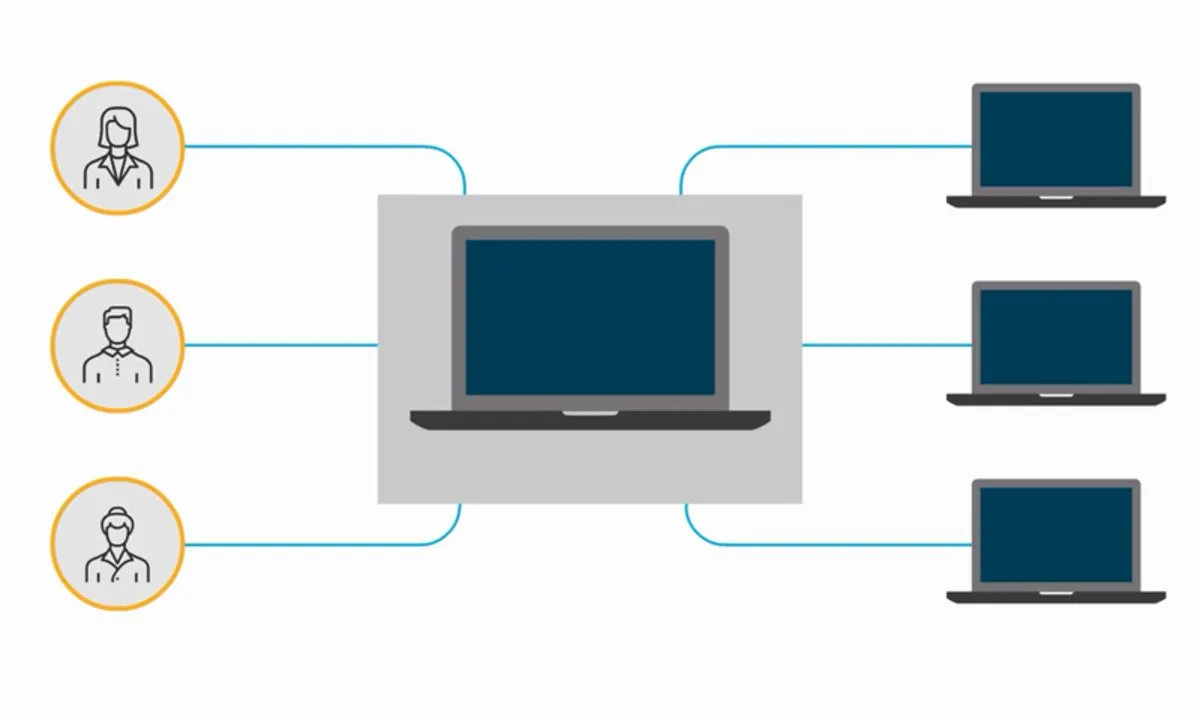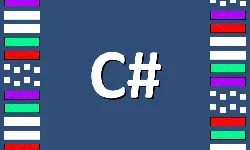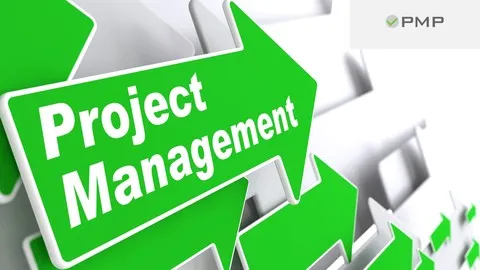
RPA Lifecycle: Deployment and Maintenance 
Gain an introduction to RPA Lifecycle: Deployment and Maintenance ▼
ADVERTISEMENT
Course Feature
![]() Cost:
Cost:
Free
![]() Provider:
Provider:
Coursera
![]() Certificate:
Certificate:
Paid Certification
![]() Language:
Language:
English
![]() Start Date:
Start Date:
3rd Jul, 2023
Course Overview
❗The content presented here is sourced directly from Coursera platform. For comprehensive course details, including enrollment information, simply click on the 'Go to class' link on our website.
Updated in [May 17th, 2023]
This course, RPA Lifecycle: Deployment and Maintenance, provides users with a comprehensive understanding of the deployment and maintenance phases of the RPA lifecycle. It covers the user interface of the Web Control Room, best practices, and troubleshooting procedures. With this course, users will be able to deploy bots in various devices and monitor their performance live via the Web Control Room.
Course Overview: This course provides an overview of the deployment and maintenance phases of the RPA lifecycle. It covers the user interface of the Web Control Room, best practices, and troubleshooting procedures.
Possible Development Directions: After completing this course, users will be able to deploy bots in various devices and monitor their performance live via the Web Control Room. They will also be able to apply best practices and troubleshooting procedures while using the Web Control Room during RPA Deployment and Maintenance.
Related Learning Suggestions: To further enhance their understanding of the RPA lifecycle, users can explore other courses such as RPA Lifecycle: Discovery and Design, RPA Lifecycle: Development and Testing, and RPA Lifecycle: Governance and Compliance.
[Applications]
After completing this course, learners will be able to apply the knowledge and skills acquired to deploy and maintain bots in the Web Control Room. They will be able to create and manage users and roles, monitor connected and disconnected devices, and schedule bot execution. Learners will also be able to apply best practices and troubleshooting procedures while using the Web Control Room during RPA Deployment and Maintenance.
[Career Paths]
Recommended Career Paths:
1. RPA Developer: RPA Developers are responsible for designing, developing, and deploying bots for automating business processes. They need to have a good understanding of the RPA lifecycle, including the Deployment and Maintenance phases. They should also be familiar with the Web Control Room and its features.
2. RPA Maintenance Engineer: RPA Maintenance Engineers are responsible for monitoring and maintaining the bots deployed in the production environment. They need to have a good understanding of the Web Control Room and its features, and should be able to troubleshoot any issues that arise during the maintenance process.
3. RPA Analyst: RPA Analysts are responsible for analyzing the performance of the bots deployed in the production environment. They need to have a good understanding of the Web Control Room and its features, and should be able to identify any areas of improvement in the bots' performance.
4. RPA Consultant: RPA Consultants are responsible for providing advice and guidance to organizations on the best practices for deploying and maintaining bots. They need to have a good understanding of the RPA lifecycle, including the Deployment and Maintenance phases, and should be able to provide advice on the best practices for deploying and maintaining bots.
Developing Trends:
1. Automation of more complex processes: As RPA technology advances, more complex processes can be automated, allowing for greater efficiency and cost savings.
2. Increased use of AI and Machine Learning: AI and Machine Learning are being increasingly used in RPA to automate more complex processes and to improve the accuracy of bots.
3. Increased use of cloud-based solutions: Cloud-based solutions are becoming increasingly popular for RPA, allowing for greater scalability and flexibility.
4. Increased use of analytics: Analytics are being used to monitor the performance of bots and to identify areas of improvement.
[Education Paths]
Recommended Degree Paths:
1. Bachelor's Degree in Computer Science: This degree program provides students with a comprehensive understanding of computer science fundamentals, including programming, software engineering, and data structures. It also covers topics such as artificial intelligence, robotics, and machine learning. With this degree, students can pursue a career in RPA development and maintenance.
2. Master's Degree in Robotics: This degree program provides students with a comprehensive understanding of robotics, including the design, development, and maintenance of robotic systems. It also covers topics such as artificial intelligence, machine learning, and computer vision. With this degree, students can pursue a career in RPA development and maintenance.
3. Master's Degree in Artificial Intelligence: This degree program provides students with a comprehensive understanding of artificial intelligence, including the design, development, and maintenance of AI systems. It also covers topics such as machine learning, natural language processing, and computer vision. With this degree, students can pursue a career in RPA development and maintenance.
4. Master's Degree in Data Science: This degree program provides students with a comprehensive understanding of data science, including the design, development, and maintenance of data-driven systems. It also covers topics such as machine learning, artificial intelligence, and natural language processing. With this degree, students can pursue a career in RPA development and maintenance.
Developing Trends:
1. Automation: Automation is becoming increasingly important in the RPA industry, as it allows for faster and more efficient deployment and maintenance of bots. Automation tools are being developed to streamline the process of deploying and maintaining bots, making it easier for organizations to quickly deploy and maintain their bots.
2. Machine Learning: Machine learning is becoming increasingly important in the RPA industry, as it allows for more accurate and efficient deployment and maintenance of bots. Machine learning algorithms are being developed to improve the accuracy and efficiency of deploying and maintaining bots, making it easier for organizations to quickly deploy and maintain their bots.
3. Natural Language Processing: Natural language processing is becoming increasingly important in the RPA industry, as it allows for more accurate and efficient deployment and maintenance of bots. Natural language processing algorithms are being developed to improve the accuracy and efficiency of deploying and maintaining bots, making it easier for organizations to quickly deploy and maintain their bots.
4. Cloud Computing: Cloud computing is becoming increasingly important in the RPA industry, as it allows for faster and more efficient deployment and maintenance of bots. Cloud computing tools are being developed to streamline the process of deploying and maintaining bots, making it easier for organizations to quickly deploy and maintain their bots.
Pros & Cons

Good explanation.

Right amount of challenge.

Great experience.

Wonderful course.

Great course material.

Awesome course content.

Live demo not at par.

Connection errors.

Projects not working.

Dull course.

Expired passwords.

No response from AA.
Course Provider

Provider Coursera's Stats at AZClass
Discussion and Reviews
0.0 (Based on 0 reviews)
Explore Similar Online Courses

Solo Ad Secrets: Build A Private 100K+ Email Marketing List

C# Class Development

Project Management SIMPLIFIED

Practical Project Management for Managers and First Time PMs

Scrum Master Certification Exam Preparation

Project Management for Developers and Technical Experts

Practical Project Management Certification - Microcredential - FutureLearn

Project Management: Human Resources and Leadership - FutureLearn

Big Picture of the Projects and Beyond

Project Management Skills and Leadership Course

Prince Training - Project Management Certification - FutureLearn

Free PMP Tutorial - PMP Exam Prep: Project Management Certification - PMBOK 5
 Related Categories
Related Categories
 Popular Providers
Popular Providers
Quiz
 Submitted Sucessfully
Submitted Sucessfully
1. What is the Web Control Room?
2. What is the purpose of the Features Panel in the Web Control Room?
3. What is the best practice for using the Web Control Room during RPA Deployment and Maintenance?


Start your review of RPA Lifecycle: Deployment and Maintenance